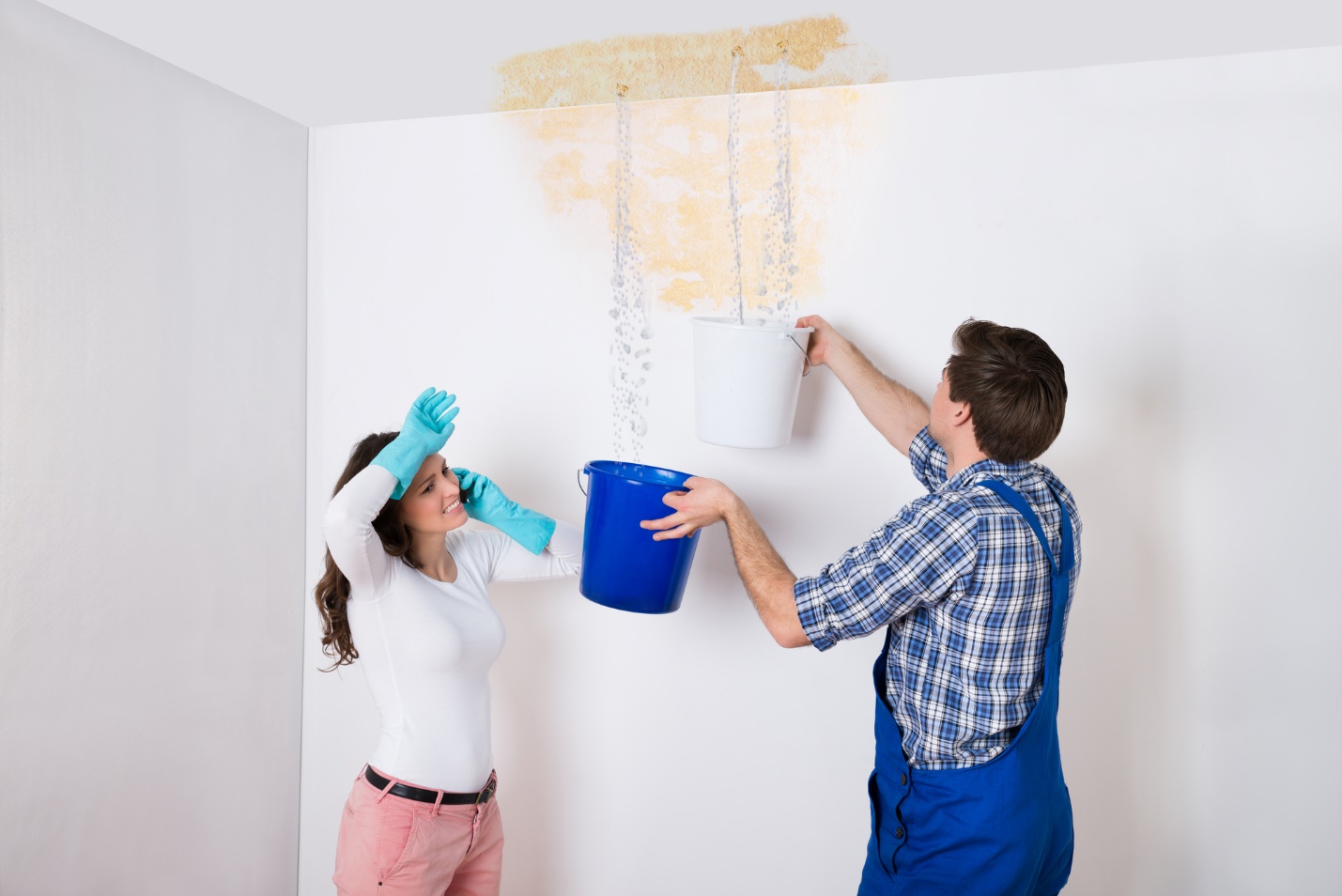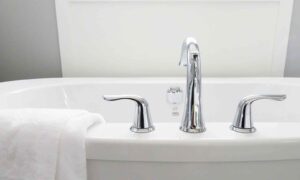One of the more common emergencies that homeowners face is water damage. This happens when there’s flooding inside the home because of a storm or if there’s a leaky pipe somewhere in the house. Others may experience this when they have weakened roofs, overflowing appliances, busted pipes, HVC leaks, and faulty sewage.
This is an issue that should be taken seriously as this can threaten the health of the family and damage other appliances. The foundation of your home may also become weak because of the flood. This is why it’s so important to address these kinds of emergencies when the water level starts to go down. Many experts like Superior Home Restoration can help by giving you a reliable service, and they respond fast. They can dehumidify your home, restore your valuables, and help prevent flooding in the future.
One of the essentials you need to do is act fast and call the experts to stop the damage immediately. As other homeowners have experienced, not drying their home correctly after a flood can cause the growth of mold and mildew. If you’re one of these distressed homeowners, know that the problems will get worse as long as you’re not doing something to address them, and the delays can cost you more in the long run.
It would be best if you kept these essentials in mind when you’re addressing a water-related problem so you can be on your way to a complete restoration. You can get your life back up and running, and everything goes back to normal if you follow these steps.
1. Protecting your Valuables
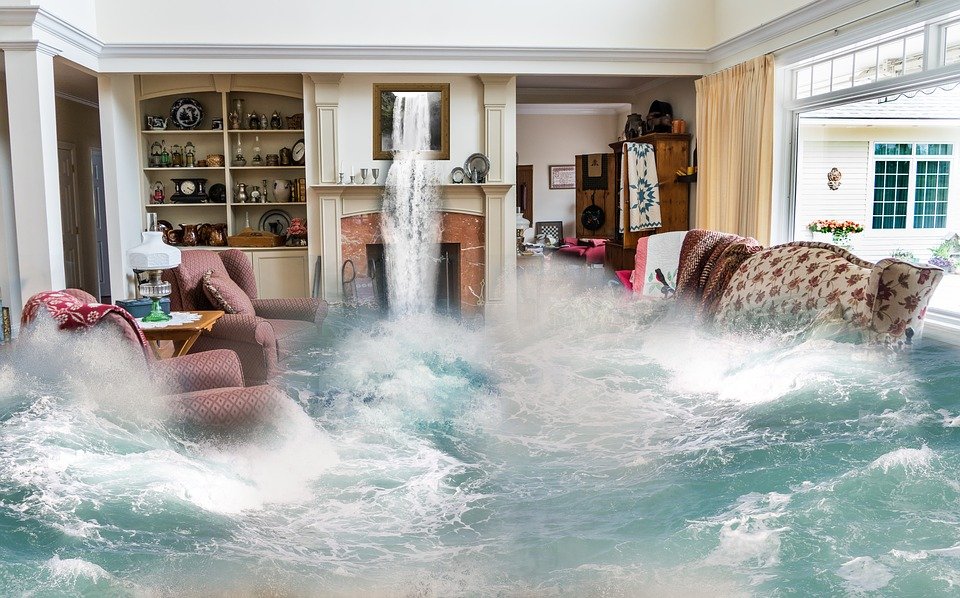
Water damage can include the flooding of contaminated water, and there can be possibilities of mold growth. Learn more about the growth of molds on this website. When there’s a flood inside your home, do the following:
- Turn off your electricity, including the circuit breakers, sockets, extensions, and many others. Shut off your appliances and unplug any device that you may have.
- Listen to the news, and if you know that you’re in danger of floods, you need to evacuate the area as soon as possible. Only return to your home when it’s deemed safe by the authorities in your area.
- Upon entry to your home, you need to wear protective clothing such as gloves, boots, and waterproof gear to prevent getting an infection from contaminated water.
- Rescue your valuables like electronics, books, documents, and other essentials.
2. Stop the Damage
The water source should be identified and should be remedied immediately to prevent the issues from compounding. Some of the steps to do are:
- Checking the water tanks or any other burst pipes on your HVAC system. Make sure that there are no leaks and know where the off switch is located on your water valve and use this.
- If the weather station predicts a flood in your area, do some preventive measures, including ditching and sandbagging.
- You may have a leaky ceiling or roof in the present. If so, contact an expert roofer to pinpoint the source and do something about it.
- Look for some signs of mold like discolorations or foul odors on your baseboards or ceilings.
3. Call your Insurance Provider
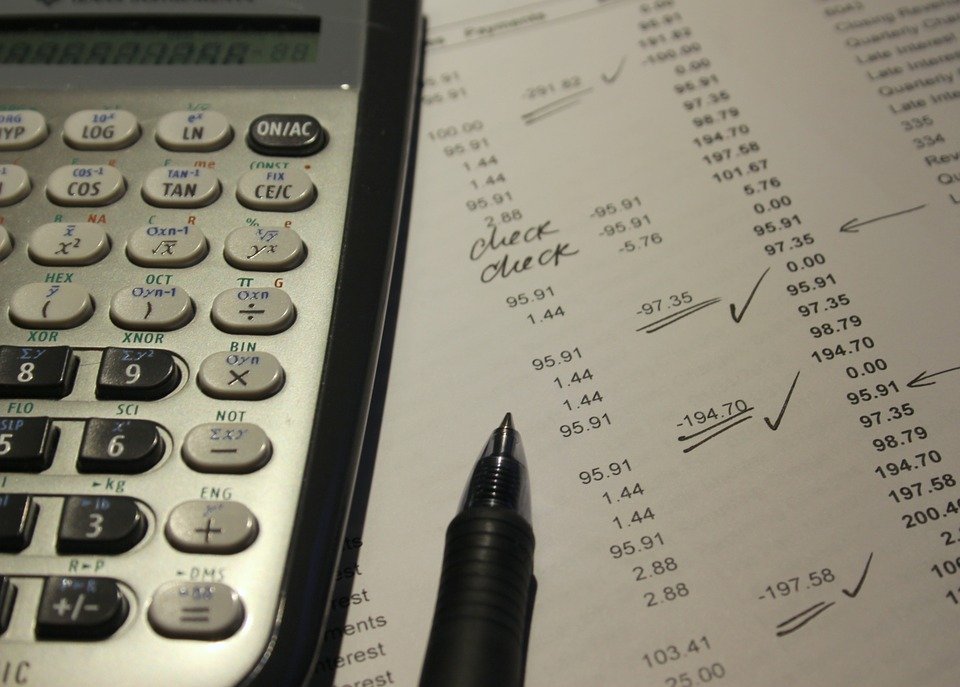
The insurers will give you essential resources that you can call in case of emergencies. This way, if you have water damage after the floods, you can make claims more effectively. If possible, do these things:
- Call the insurance company immediately after the flood and find out the steps you need to take for the claim.
- Contact an adjuster as soon as possible so he can take photos inside your home and document the damage. He will do the estimates for the costs of the repairs.
- You can also take photos of your affected valuables and damaged areas
- Keep any receipts or records that you have for repairs.
4. Drying your Valuables and Home
You should start drying within 24 hours when the flood subsides. Learn more about flood safety tips in this link: https://www.cdc.gov/nceh/features/flood-safety/index.html. The process can take up to five days, but you can eliminate the possibility of mold and mildew growing inside your home during this time.
- Remove wet furniture and place them outside to dry in the sun
- Place aluminum foil between the carpet and the legs of the couch to prevent any stains
- Remove the rugs and hang them outside to dry
- Use dehumidifiers and fans to help dry out the rooms
- Turn on your air conditioner to remove humidity
- Restoration companies may help, especially if you need a professional-grade dehumidifier and other equipment for drying larger parts of the house.
5. Cleaning and Restoration
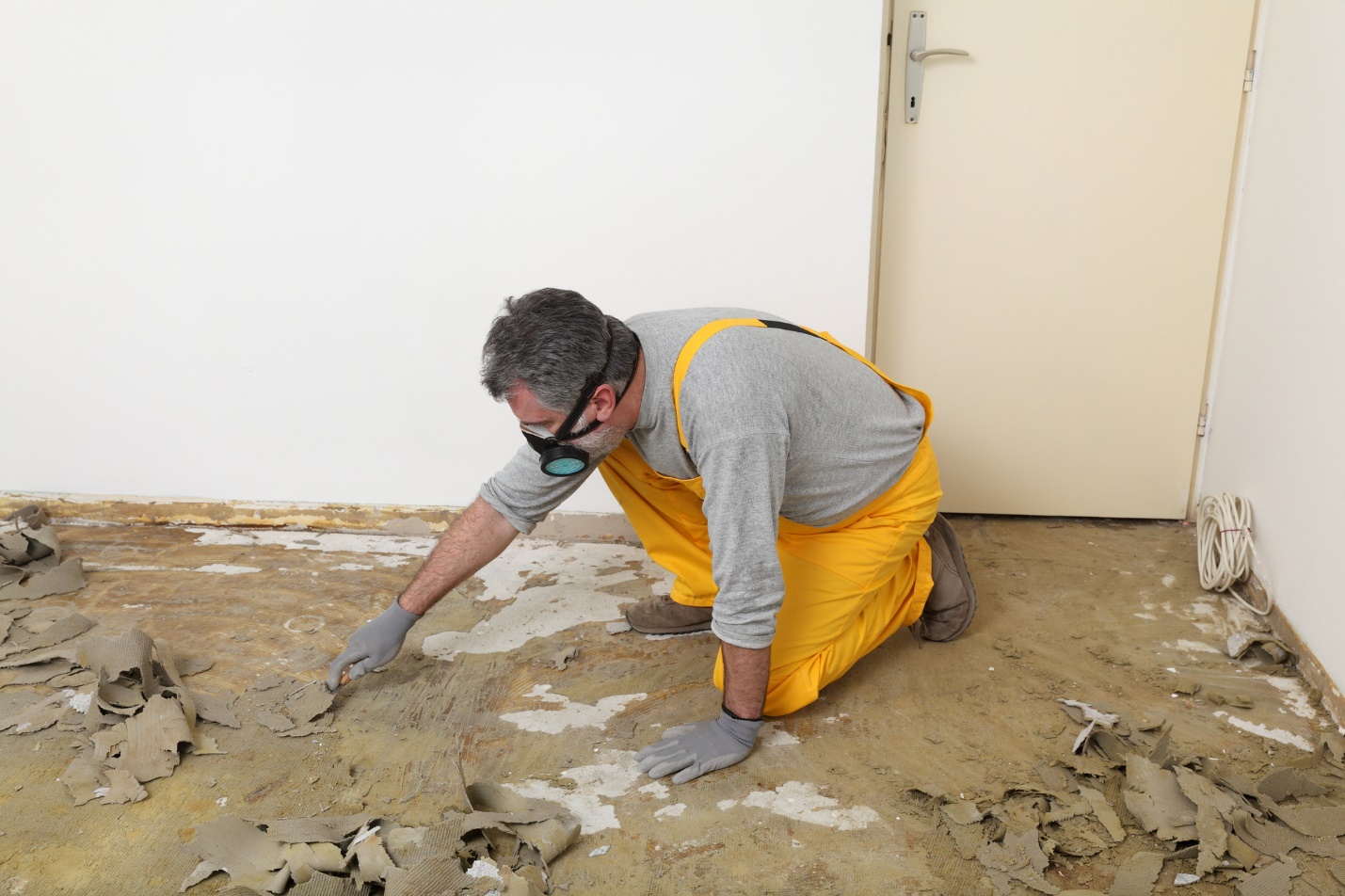
Afterwards, the water damage will take time and effort, especially if you’re avoiding mold growth as much as possible. It’s helpful to turn to professionals during the restoration phase so everything will be faster and easier. Calling the experts may mean that you have someone working with you to help you with the drying out stage, or they may have to do the entire job so you can save time and energy. The complications can be handled effectively, and you should also keep the following rules in mind:
- Know the things that are still salvageable and discard everything that you can’t save. If they are no longer safe to use or too damaged, it might be time to discard them.
- The floors, carpets, insulation, baseboards, and drywall may need to be replaced to prevent the growth of mold and mildew in them.
- Moisture can quickly get inside the walls and other places that are not visible to you, so it’s best to bring in the experts who have moisture detectors and specialty equipment.
- Seek professionals and their advice on how to deal with the damaged valuables like electronics and documents. They can often be restored with the help of experts.
- If possible, replace damaged wood on the floors because they may already be rotting from mildew. Pry them apart, replacing them, and thoroughly clean the area underneath. If this is one of the structural components of your property, call the experts so they can handle this job efficiently and safely.


